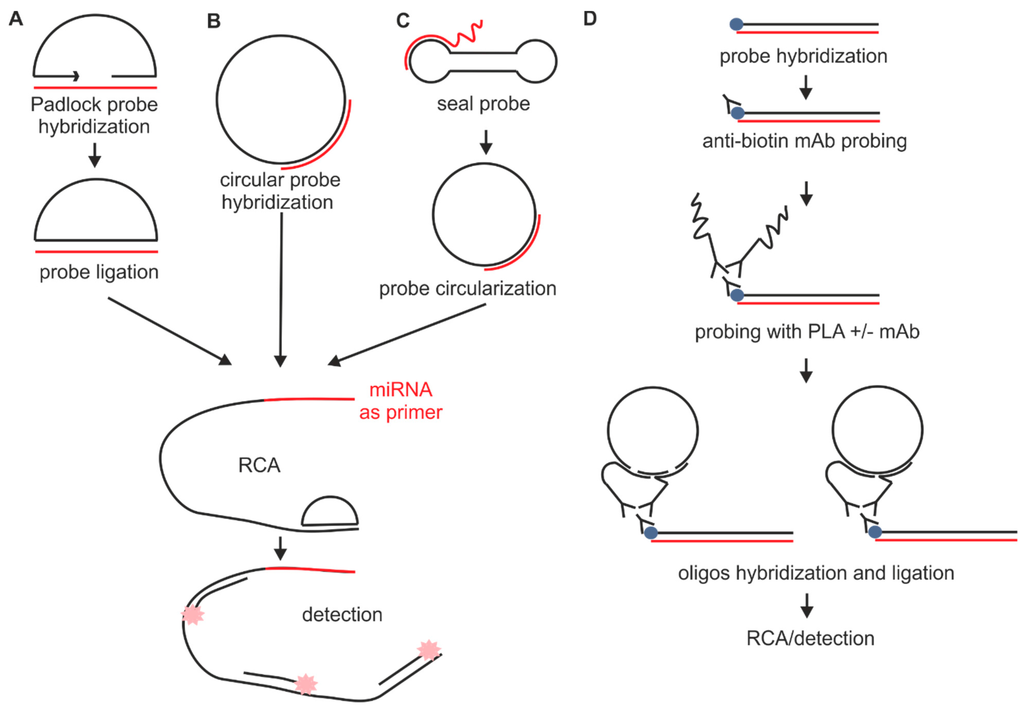Probe design concept was still missing because the well established concept for oligonucleotide probe design cannot be transferred to polynucleotides.
In situ hybridization probe design.
The underlying basis of ish is that nucleic acids if preserved adequately within a histologic specimen can be detected through the application of a complementary strand of nucleic acid to which a reporter molecule is attached.
In situ hybridization polynucleotide probe design software in situ hybridization of genes and mrna is most often based on polynucleotide probes.
The probe is then detected using an antibody.
In situ hybridization indicates the localization of gene expression in their cellular environment.
In situ hybridization ish is a technique that allows for precise localization of a specific segment of nucleic acid within a histologic section.
Acd s made to order probe design process is highly flexible.
I prefer targeting the 3 end of the gene and try to anchor at least 1 2 or 2 3 of that probe s length to be in the 3 utr.
This labeled rna or dna probe can then be detected by using an antibody to detect the label on the probe.
In situ hybridization ish is a type of hybridization that uses a labeled complementary dna rna or modified nucleic acids strand i e probe to localize a specific dna or rna sequence in a portion or section of tissue or if the tissue is small enough e g plant seeds drosophila embryos in the entire tissue whole mount ish in cells and in circulating tumor cells ctcs.
In situ hybridization ish in situ hybridization ish is a unique molecular analysis method providing accurate localization of endogenous bacterial or viral nucleic acids such as dna mrna and microrna in metaphase spreads cells and tissue preparations.
As far as designing in situ probes i typically ta clone 1 1 5kb probes.
In situhybridization identifies where in the cellular environment a gene is expressed.
A labeled rna or dna probe can be used to hybridize to a known target mrna or dna sequence within a sample.
Fixation and pre treatment of samples are followed by hybridization of a labeled probe by complementary base pairing to the target and.



























